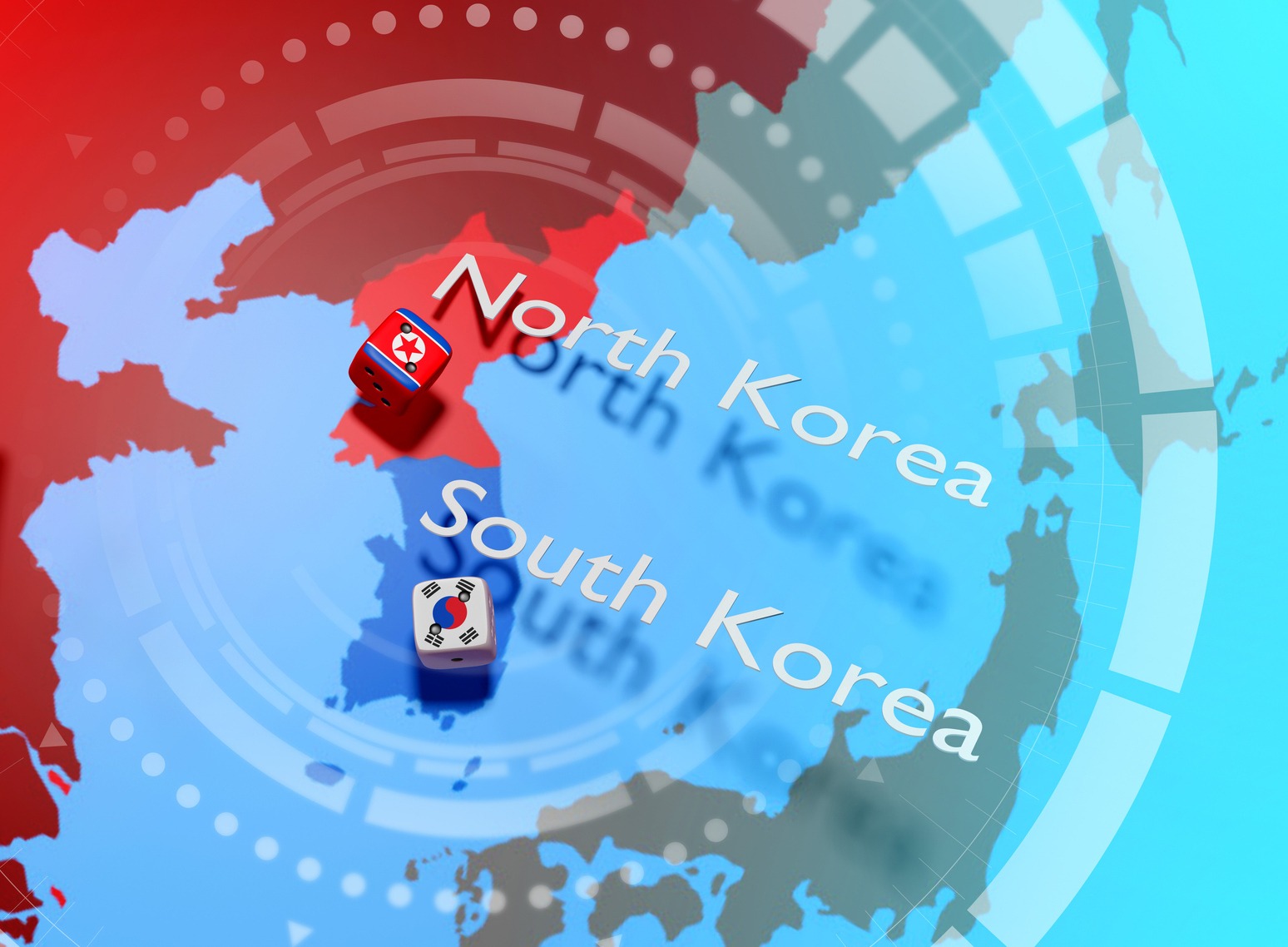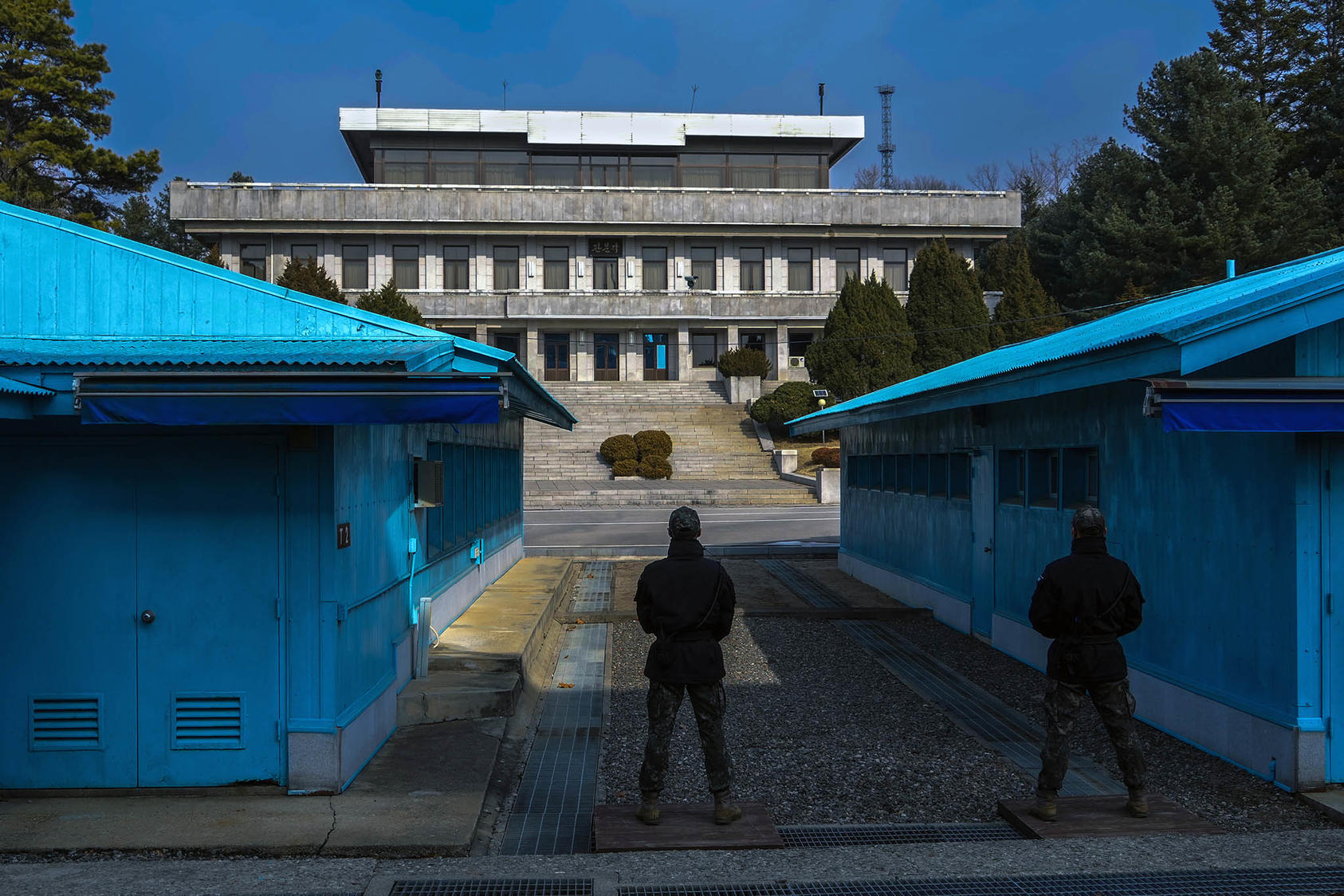Reducing War and Nuclear Risks on the Korean Peninsula
The Korean Peninsula has always stood as one of the most dangerous flashpoints for conflict throughout the Cold War and the post-Cold War era. Today, in what some term the post-post-Cold War era, the specter of war looms even larger. This is primarily due to the entrenched dynamics of zero-sum security competition, namely the “unification competition,” wherein the two Koreas vie for dominance, each seeking to eliminate the other.
Across the military demarcation line, the South maintains a standing force of 480,000 troops, while the North boasts 1.2 million, underscoring the intense militarization and readiness for conflict on both sides. Moreover, the presence of 28,000 U.S. soldiers in the South as part of the South Korea-U.S. alliance guarantees U.S. involvement in any conflict as a party to the war. Additionally, China and Russia stand ready to intervene in support of North Korea, potentially escalating any confrontation into an extended regional war with a possible exchange of nuclear weapons. Though the chances of such a scenario remain low for now, the risk will rise in the absence of proactive measures to address the ongoing war and nuclear crises in the region.
The chances of accidental military collision and limited warfare remain a constant concern due to the following reasons: a very high level of hostility between the two Koreas, frequent large-scale military exercises and military provocations, heightened military preparedness and tensions and preemptive strike doctrines, among others. Moreover, North Korea, chronically suffering from economic, food and regime crises, has a strong political incentive to pursue limited conflict, as most theories on the root causes of war predict.
Then, how do we solve this Korea problem? As Tim Marshall’s best-selling book “The Power of Geography” (2016) aptly puts it, “No, we cannot. We just manage it.” However, it is debatable whether effective management of this problem has been achieved thus far. Denuclearization diplomacy over the past 30 years has failed, and the risks of war and nuclear use are higher than ever. In light of this pressing reality, what measures can be taken to prevent the imminent danger of war and nuclear use, as well as to contain North Korea’s freewheeling nuclear and missile buildup?
First, the resumption of U.S.-North Korea dialogue is essential. Despite the U.S. government’s proposal for “unconditional dialogue,” North Korea has persistently refused to engage since the breakdown of the 2019 Hanoi U.S.-North Korea summit. While the best way to resume U.S.-North Korea dialogue would be through a summit, there is little chance that current U.S. President Joe Biden will meet Chairman Kim Jung-un. The next best option is for Biden to send a letter to Kim. If necessary, China or a neutral European state could facilitate the exchange of such correspondence.
Second, it is crucial to reaffirm the 2018 U.S.-North Korea Singapore Joint Statement by both leaders. This statement outlines key objectives, including achieving a nuclear-free Korean Peninsula, normalizing diplomatic relations, building a peace regime and repatriating American war remains. If the two leaders could reaffirm these goals through an exchange of letters or a high-level meeting, working-level negotiations to implement the agreement will follow. Subsequently, North Korea is expected to suspend further nuclear and missile tests.
Third, both U.S.-North Korea and South-North Korea politico-military talks should be held for crisis management and communication to prevent military collisions and their potential escalation. A notable precedent occurred in late 2023 when the U.S. and China agreed to resume high-level military dialogue to prevent military collisions in East Asia despite fierce strategic competition between the two. Similarly, engaging in military dialogue with North Korea is essential to prevent a military collision and possible nuclear use. Future politico-military talks will need to prioritize crisis management and communication, as well as initiatives aimed at reducing military tensions and nuclear risks.
Lastly, given that peace on the Korean Peninsula hinges on North Korea’s denuclearization, diplomatic efforts toward this end must be resumed as soon as possible, despite its challenges. Central to this effort is the development and adoption of a sustainable and effective denuclearization strategy. In addition, consensus must be reached on key principles guiding denuclearization diplomacy, such as mutual threat reduction with North Korea, a step-by-step approach, reciprocal exchanges of denuclearization steps and corresponding measures, and simultaneous progress of denuclearization and peace regime-building. These principles would help make the denuclearization process implementable and sustainable.
About the Author
Dr. Jun Bong-geun is professor emeritus at the Korea National Diplomatic Academy and visiting advisor at United States Institute of Peace, as well as a member of Asia-Pacific Leadership Network for Nuclear Non-proliferation and Disarmament (APLN).
Disclaimer: The opinions articulated above represent the views of the author(s) and do not necessarily reflect the position of the Asia-Pacific Leadership Network or any of its members. APLN’s website is a source of authoritative research and analysis and serves as a platform for debate and discussion among our senior network members, experts, and practitioners, as well as the next generation of policymakers, analysts, and advocates. Comments and responses can be emailed to apln@apln.network.
Image: iStock, Leestat
This article was published in The Korea Times on 27 March 2024 as part of a dedicated, regular Korea Times column with analysis by APLN members on global issues. You can find the original post here.




